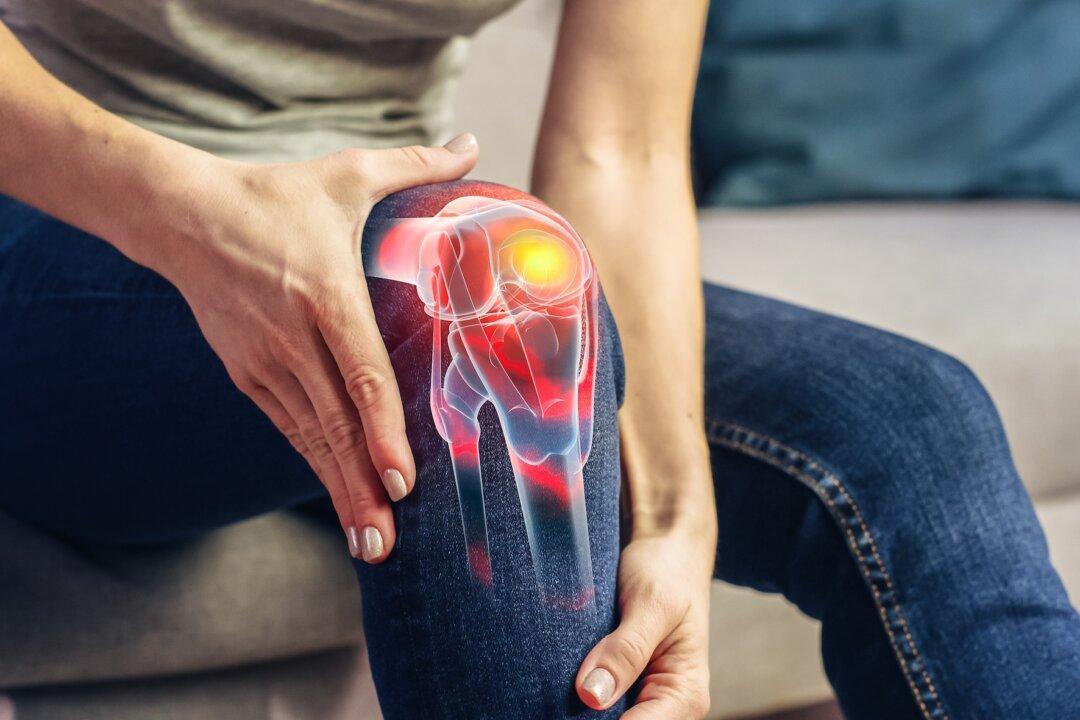Power napping for an hour can help you to learn, remember and interpret more efficiently. When I was in high school, I found that I could study best immediately after awakening from at least a 45-minute nap. Only then could I read, study and memorize efficiently. I think this technique will work for almost everybody. Try to nap before having an important interview, writing a report or learning new concepts.
|Updated:
Sports medicine doctor, fitness guru and long-time radio host Gabe Mirkin, M.D. brings you news and tips for your healthful lifestyle. A practicing physician for more than 50 years and a radio talk show host for 25 years, Dr. Mirkin is a graduate of Harvard University and Baylor University College of Medicine. He is one of a very few doctors board-certified in four specialties: Sports Medicine, Allergy and Immunology, Pediatrics and Pediatric Immunology.
Author’s Selected Articles




